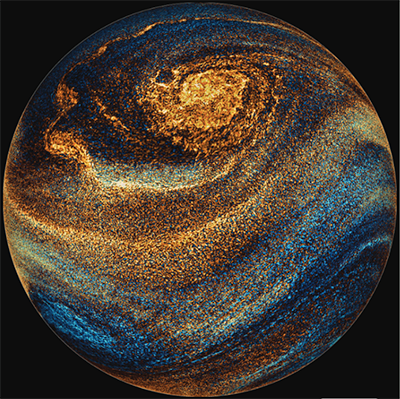Authors
Referees
Librarians
Students
APS Members
©2024 American Physical Society. All rights reserved. Physical Review™, Physical Review Letters™, Physical Review X™, Reviews of Modern Physics™, Physical Review A™, Physical Review B™, Physical Review C™, Physical Review D™, Physical Review E™, Physical Review Applied™, Physical Review Fluids™, Physical Review Accelerators and Beams™, Physical Review Physics Education Research™, Physical Review Materials™, Physical Review Research™, PRX Energy™, PRX Life™, PRX Quantum™, APS Physics logo, and Physics logo are trademarks of the American Physical Society. Information about registration may be found here.
Use of the American Physical Society websites and journals implies that
the user has read and agrees to our Terms and
Conditions and any applicable
Subscription
Agreement.








